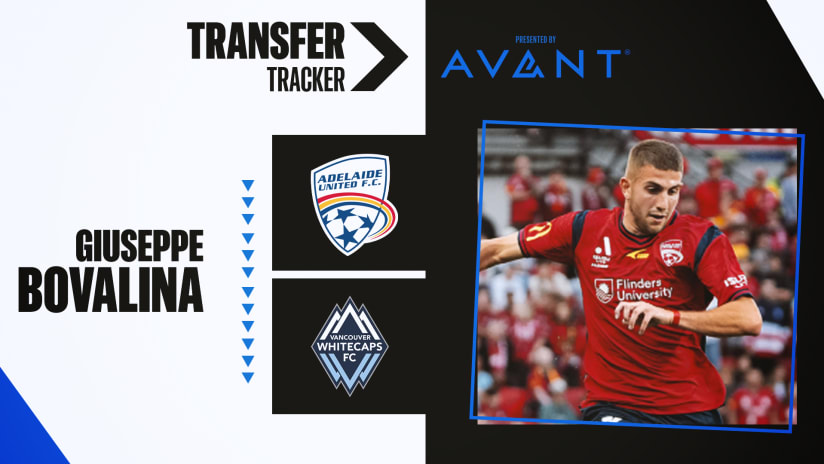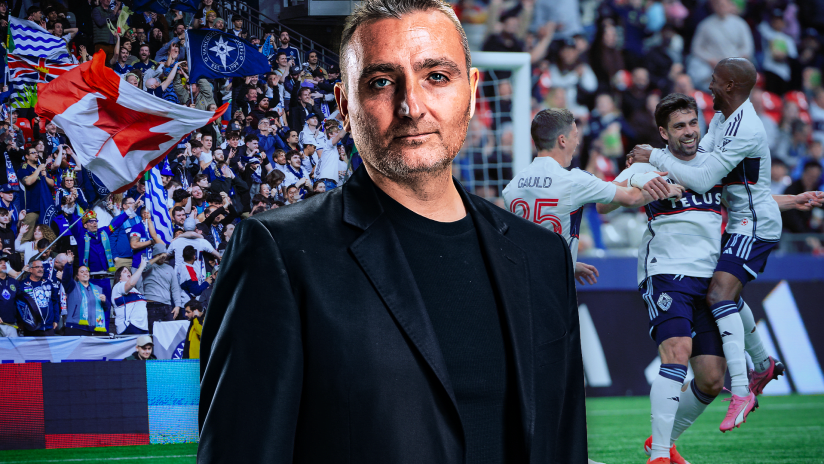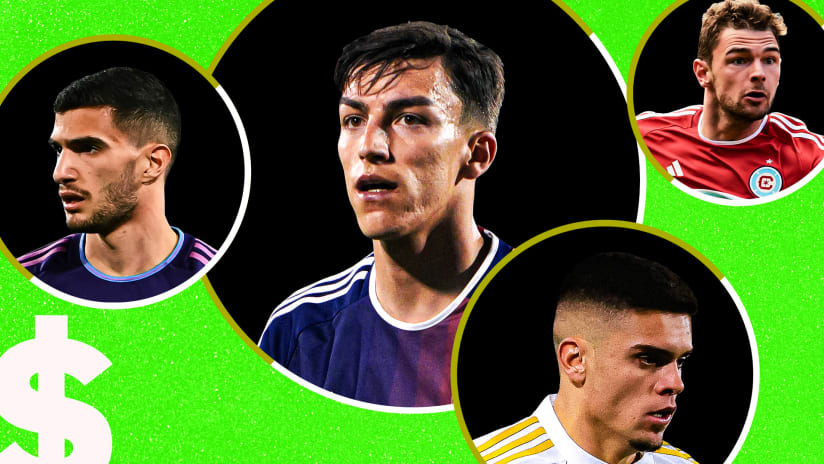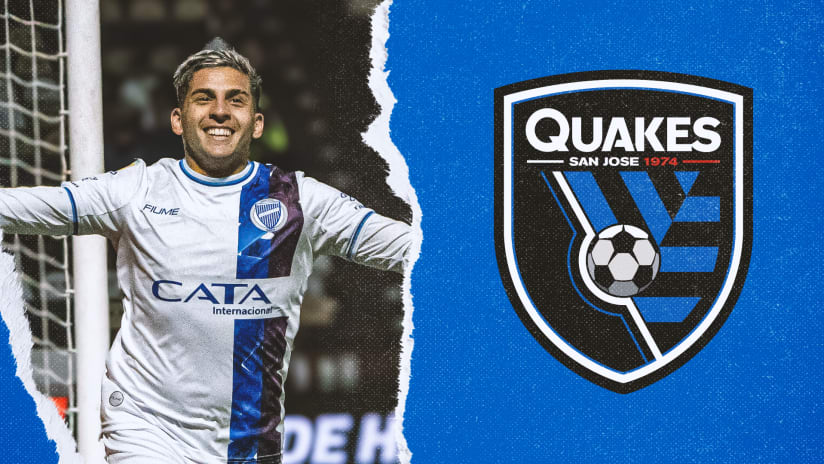Octavio Rivero. Blas Perez. Masato Kudo. Giles Barnes. Erik Hurtado.
All five of those players saw time up top for Vancouver Whitecaps FC in 2016. In total they scored 10 goals in 4,341 minutes for the club, a goalscoring rate that matches up with players such as Patrick Nyarko and Tommy McNamara – wingers, not center forwards. So it’s obvious that this team needed more out of its striker corps in order to make the MLS Cup Playoffs.
The Whitecaps took a step toward solving that issue with the acquisition of Fredy Montero. Montero last played in MLS in 2012 with the Seattle Sounders and has spent the last four years with Millonarios of Colombia, Portuguese giants Sporting CP and Tianjin Teda in China.
Based on their preseason lineups, the Whitecaps looked ready to start Hurtado at center forward going into the season, which is a risky proposition. The 26-year-old has had periodic runs of good form during his MLS career, including toward the end of 2016. But he has never proven, in his four years in the league, that he could be a consistent finisher. His six-percent conversion rate falls well below the league average of 11.
Vancouver’s other big acquisition of the offseason, Yordy Reyna, is more comfortable as a second striker or on the wing as opposed to playing as a true center forward. Barnes was also in the conversation for No. 9 job, but, like Reyna, he is more effective elsewhere, and upon his arrival midway through 2016 he failed to score a goal in his first nine appearances for the 'Caps. He's been an inconsistent goal threat during his time in MLS.
The same can not be said about Montero. During his four years with the Sounders, from 2009-12, he scored 47 goals – good for the third most of any player in MLS over that span. He was named the MLS Newcomer of the Year in 2009, made the MLS All-Star team three times (2009-10, 2012), and made the big-money move to Europe he’d always coveted. He was and still is a success story.
Montero’s role with the Sounders changed throughout his tenure. During his first three years he led the line and was surrounded by playmakers such as Freddie Ljungberg, Steve Zakuani and Mauro Rosales while pairing up top with workmanlike veterans such as Nate Jaqua, Roger Levesque, Mike Fucito and others. That changed in 2012 when Eddie Johnson, a true target forward, was brought in to pair up top with the Colombian. Johnson would battle the center backs while Montero dropped deeper as more of a facilitator.
It was the right move, and Johnson’s arrival highlighted the fact that Montero is not a classic No. 9. He is not his most effective when having his back to goal and is abysmal in the air, evidenced by the fact that he won just 30 percent of his aerials during his career (the average forward in MLS from 2010-12 won 42%). He's also not a speedster who habitually stretches the defense.
Consider this a word of warning to Carl Robinson and the ‘Caps, who seem likely to play Montero up top in a 4-2-3-1 formation. If they do that, they’ll have to do a better job of holding onto the ball through and creating chances out of the midfield, because Montero's not going to be knocking down a lot of headers into the paths of Vancouver's fleet of wingers or breaking into the open field.
Stat |
Whitecaps in 2016 |
MLS 2016 Rank |
|---|---|---|
Possession |
46.62% |
16 |
Chances Created |
302 |
18 |
While he might not be your typical No. 9, Montero’s production in MLS is unquestioned. Not only did he score 47 goals, but he racked up 34 assists. Over his last three seasons, he averaged .76 non-penalty goals plus assists per 90 minutes, which placed him second among players to play at least 4,000 minutes, only behind Thierry Henry.

What we don’t know is if he can replicate that kind of production in a league that has undergone vast changes since 2012. The quality of defenders has increased due to the infusion of Targeted Allocation Money, the advent of the Homegrown program and better scouting worldwide. The quality of play has also increased, by any reasonable definition. Things have changed for the better.
One such change that could perhaps be beneficial to Montero is that the number of passes per game has increased by 12 percent since 2010, indicating a higher pace of play. Another is that the percentage of passes that are open play crosses has decreased by 24 percent – a massive drop that has benefited center forwards like David Villa and Bradley Wright-Phillips, who aren't known for their abilities in the air. So while Montero wasn't ideally suited to be a No. 9 in 2010, perhaps he's a snugger fit in this more technical and tactical era of MLS.
Regardless, Montero has found some success since his departure, most notably scoring 16 goals across all competitions in 2013-14 in Portugal. But it’s an open question as to whether he can be as influential in today’s MLS as he was at the start of the decade, and at this point all we have are theories, not answers.
What we do know is that the Whitecaps have had little success in signing strikers since Camilo left after the 2013 season, and they’ll desperately hope Montero is the one to buck that trend. He needs to be if they're to return to the postseason.













